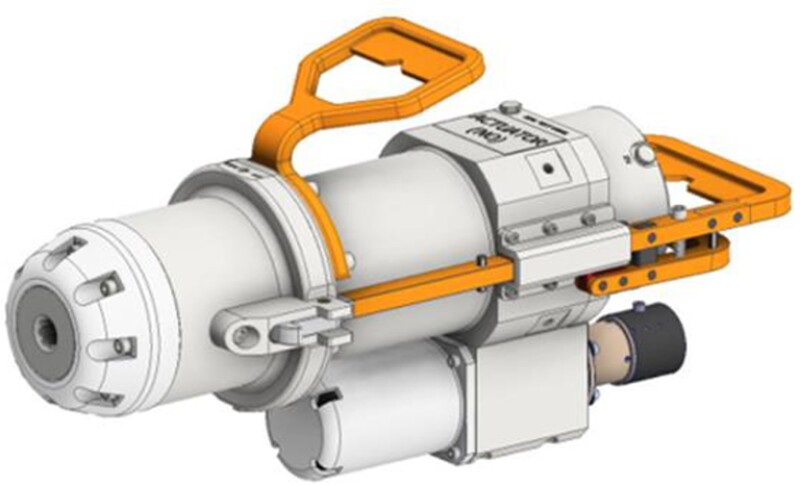The complete paper describes an all-electric system (AES) and how its implementation will simplify operating processes, reduce topside and subsea weight and cost, and lower the risk of hazardous fluids escaping into the ocean. The authors place special focus on the electrical actuators that were introduced in this project as well as the challenges faced during project execution.
Vigdis Field
The Vigdis field was discovered in 1986 between the Snorre, Statfjord, and Gullfaks fields in the Tampen area of the North Sea. The development consisted of seven subsea templates and two satellite wells producing to the Snorre A (SNA) facility, which contains a dedicated processing module for Vigdis.
In 2002 the plan for development and operation of the Vigdis extension was approved. An unprocessed wellstream is transported from Vigdis to the Snorre A platform by two flowlines.


